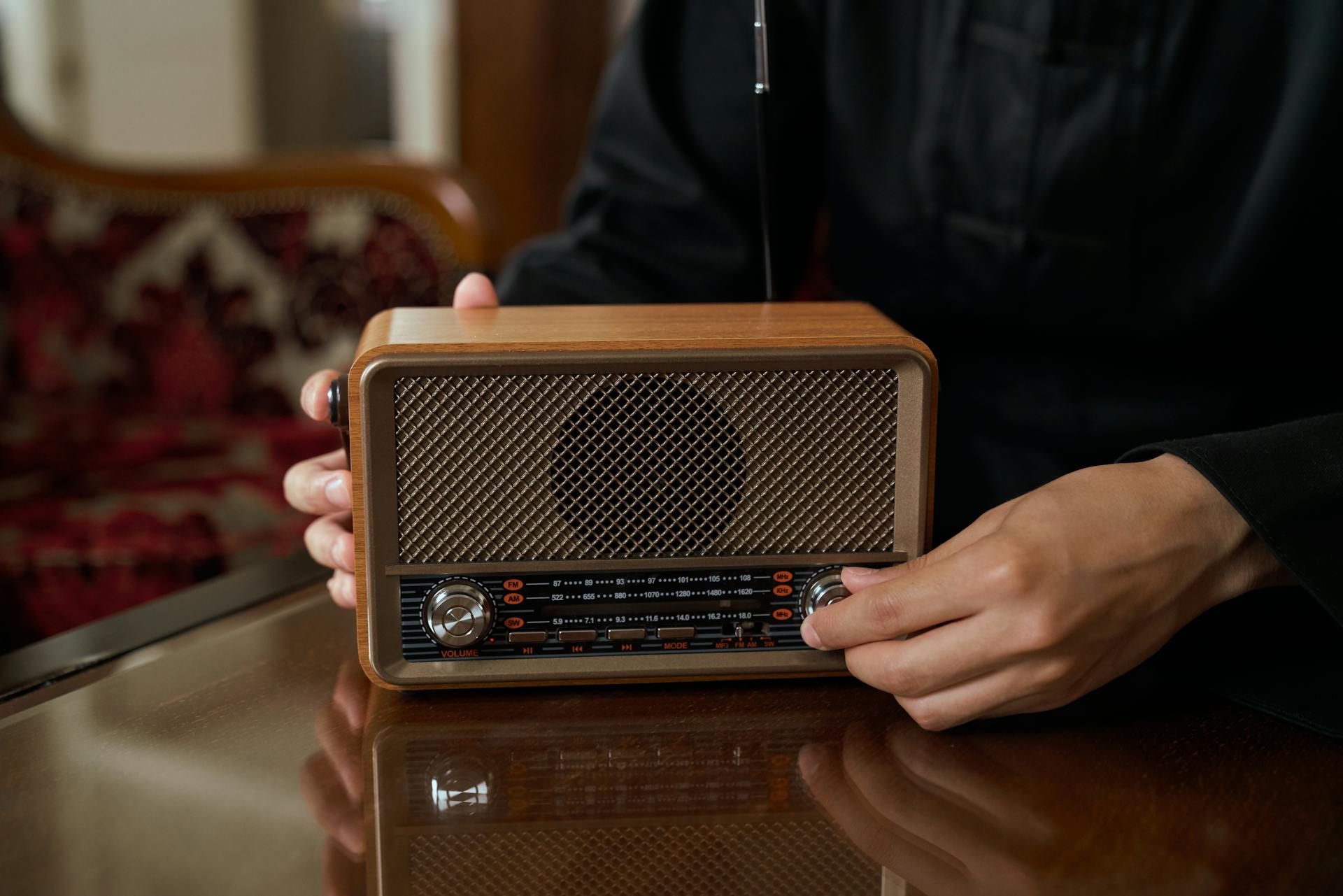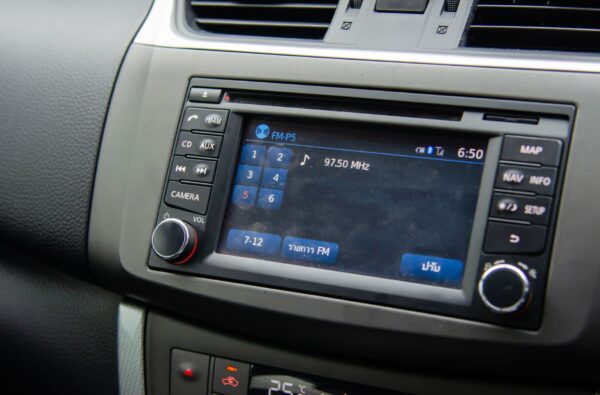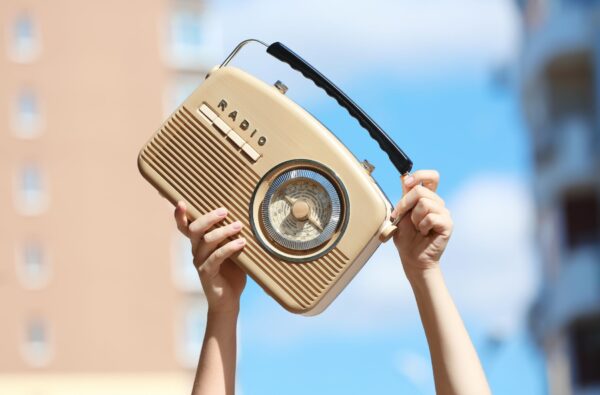
Crafting a radio ad might seem simple at first glance, but it’s all about blending creativity with strategy. Radio ads are a key tool for businesses wanting to connect with their audience in a unique way. Engaging listeners with sound alone is an art form that needs precision and a well-thought-out plan. Effective radio ads do more than just promote a product; they capture the listener’s imagination, stirring emotions and encouraging action.
In the world of advertising, radio has a unique charm. It offers an intimate connection with the audience, reaching them during their daily routines. A polished radio ad not only leaves a lasting impression but also boosts brand awareness and sales. Well-produced ads are memorable, and they build trust between the brand and the consumer. Understanding the process of radio ad production is essential for anyone looking to make a mark in this field.
Understanding the Basics of Radio Ad Production
Creating a successful radio ad begins with laying a strong foundation. Here’s a straightforward path to get started:
1. Concept Development: Think of the concept as the heart of your ad. Spend time brainstorming ideas that align with your brand’s message and resonate with your target audience. What emotions do you want to evoke? What’s the central message? This step shapes the rest of the production process.
2. Scripting: Once you have a solid concept, move on to writing the script. This is where you put words to your ideas. Keep it clear and engaging. The script should have a strong opening to capture attention right away. It’s also important to tailor your message to your audience’s interests and needs.
3. Identifying the Target Audience: Understanding who will be listening is key. Are you targeting young adults, busy professionals, or families? Different audiences respond to different tones and messages. Tailor your content to speak directly to them.
4. Message Tailoring: Craft your message by considering what the audience values most. Whether it’s savings, quality, or convenience, make it clear how your product meets those needs.
With these steps covered, you’ll have the groundwork set for a successful radio ad. Creative thinking paired with strategic planning will lead to an engaging advertisement that truly speaks to the audience.
Crafting the Perfect Script
A compelling script is the backbone of any great radio ad. It’s about telling a story that engages and persuades, all within a limited timeframe. Here’s how you can create a script that hits the mark:
– Start with a Strong Opening: Hook the listener from the first second. An interesting question, a bold statement, or an unexpected fact can pique curiosity and draw them in.
– Clear Message: Keep your message straightforward. Avoid cluttering it with too many details. Focus on the main point you want the listener to remember after the ad ends.
– Persuasive Call-to-Action: End with a clear call-to-action. Tell the listener what to do next, whether it’s visiting a website, calling a number, or heading to a store.
While crafting the script, maintain brevity without losing the essence of your message. Ads often run for 30 or 60 seconds, so every word counts. Aim for simplicity and clarity to make the most of the limited time.
Creating a radio ad that stands out requires both creativity and strategic planning. It’s not just about playing a sound; it’s about telling a story that resonates. By focusing on these foundational elements, your ad will be well on its way to leaving a lasting impression.
Choosing the Right Voice Talent and Music
The voice and music in your radio ad are crucial elements that bring your script to life. Selecting voice talent requires matching the right tone and style that connects with your audience. Imagine listening to an ad where the voice sounds trustworthy and matches the brand’s personality—it makes a big difference. A deep, calming voice might suit a luxury brand, whereas a youthful, energetic tone could work wonders for a tech product aimed at younger audiences.
When it comes to music, it’s all about setting the right mood and enhancing the message. Music should subtly underscore the message without overpowering it. Here are a few tips for choosing music:
– Match the Music to the Message: If the ad is upbeat and lively, pick something with a fast tempo. For more serious messages, a slower, softer piece might be more appropriate.
– Balance: Make sure the music complements the voice talent. Too loud, and it might drown out the message; too soft, and it might fail to create the desired atmosphere.
– Consistent Tone: The tone of the music should be consistent throughout the ad to maintain its mood and message.
Selecting the right voice and music enhances the overall emotional impact of the ad, making it memorable and effective.
Recording and Post-Production Techniques
Once you’ve nailed down the script and chosen your voice talent and music, it’s time to bring it all together in the recording phase. A compelling radio ad depends heavily on high-quality audio, so it’s essential to focus on the technical aspects as much as the creative ones.
During the recording process:
– Clarity is Key: Ensure your voice talent records in a soundproof environment to reduce background noise. High-quality microphones can capture a clear, crisp sound.
– Pacing and Delivery: The way a message is delivered can change its effectiveness. Pay attention to pacing, articulation, and emotion in the delivery to keep listeners engaged.
After recording comes post-production. This is your opportunity to refine the ad:
– Editing: Trim any unnecessary pauses and ensure each word is clearly heard.
– Sound Effects and Mixing: Balance the voice, music, and sound effects so they blend smoothly. Used wisely, sound effects can make the ad more immersive.
Post-production ensures that the final product sounds professional, polished, and ready to capture the audience’s attention.
Testing and Refining Your Radio Ad
Testing your radio ad before full launch is an important step that often gets overlooked. A sample audience can provide insights into how effectively your ad conveys its message and captures attention. Gather feedback from diverse groups to see what resonates and what may need tweaking.
Here’s how to refine your ad through testing:
– Gather a Sample Audience: Use focus groups or online platforms to reach people who represent your target market.
– Collect Feedback: Ask specific questions about what listeners liked, found confusing, or missed. Constructive criticism can guide improvements.
– Iterate Based on Feedback: Use the feedback to make adjustments to the script, tones, pacing, or sound balance.
Testing allows you to identify any weak spots and make necessary changes, increasing the likelihood of success once your ad is aired.
Wrapping It All Up: Launching Your Radio Ad
Bringing all these elements together culminates in the launch of your radio ad. By meticulously planning each step—from concept development to post-production—you create a cohesive and engaging message that truly speaks to your audience.
After launching, keep track of the ad’s performance. Monitor metrics like listener engagement and conversion rates, which help you understand its impact and guide future ad improvements. This ensures your radio ad not only reaches its audience but also inspires the action you aim for.
To ensure your radio ad makes a lasting impact, consider teaming up with Killerspots Agency. Our expertise in crafting and refining high-quality audio content will help you effectively reach your target audience. For more insights and professional guidance in radio ad production, turn to the experts who understand the nuances of engaging and memorable advertising.





